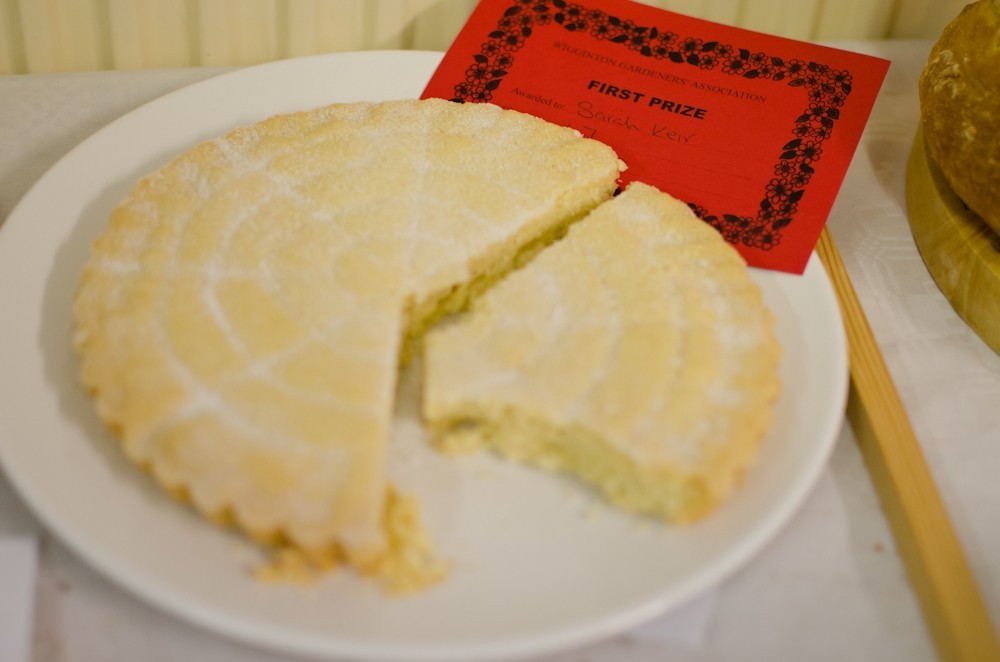Perfect shortbread – so simple it is hard! Who would of believed it? But I have found some simple tips that seem to make difference to create that perfect shortbread. Recipes from ‘Mary Berry’s Ultimate Cake Book’ (BBC Books, 2003) and ‘How to make perfect shortbread’ on The Guardian Word of mouth blog (http://www.theguardian.com/lifeandstyle/wordofmouth/2010/sep/30/how-to-make-perfect-shortbread). To me shortbread should be crisp but short and crumbling as the sand on Mull so it melts in your mouth and tastes of nothing but butter and the subtle sweetness of sugar. No fancy flavourings in this one!
Use the best quality butter your can get i.e. the top shelf butter in the supermarket. You will REALLY taste the butter in this recipe so it must be good and not fridgey either. Handle it very gently using implements not a food processor or your hands. Refridgerate before cooking as with any pastry and do not over cook. It must be crisp but pale – the butter and sugar will make it colour easily so watch it like a hawk and I would recommend checking every 5 minutes maximum towards the end of cooking.
150g unsalted butter, cut onto small pieces and soft
75g caster sugar
150g plain flour, ‘OO’ if you can get it
75 rice flour
good pinch of salt
Use a wooden spoon to cream the butter and sugar together. Then use a fork to mix in the flours and salt. Pour the crumbs into a well greased loose bottom fluted pan of about 8″/20cm diameter. Gently pat down until all the flutes are equally filled.
Refridgerate for 15 minutes or so. Bring out and prick all over with a fork and score into 8 wedges – in a pretty pattern if for a show.
Cook at 170 degrees or 150 if fan oven, for 30-35 minutes, watching carefully towards the end so it stays pale. Bring out and remark the scoring before sprinkling with more caster sugar. Cool in the pan before removing for serving. The shortbread will last for several days in an airtight container – if you can resist eating it all in one go!
An alternative way of shaping is to gently kneed the crumbs until they stick together and form a smooth dough which you can then press into the tin or roll out to make a large round or individual biscuits (bake on parchment). But I found this shortbread was not as crumbly melting as the former method, though the top was smoother which might be important in showing.

